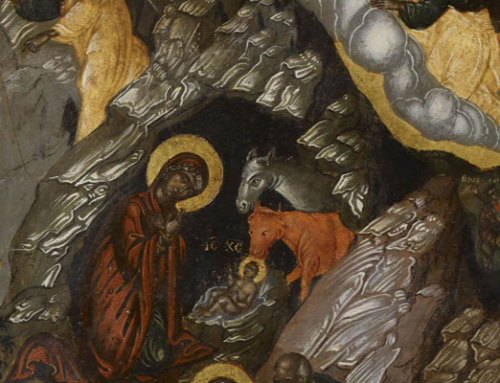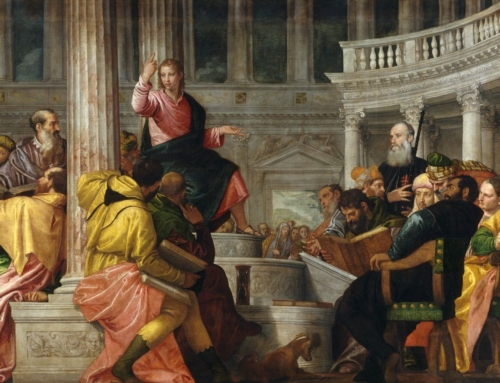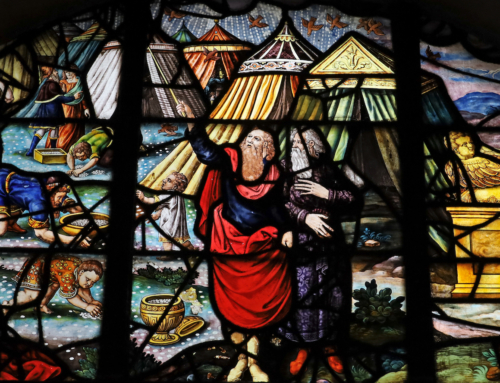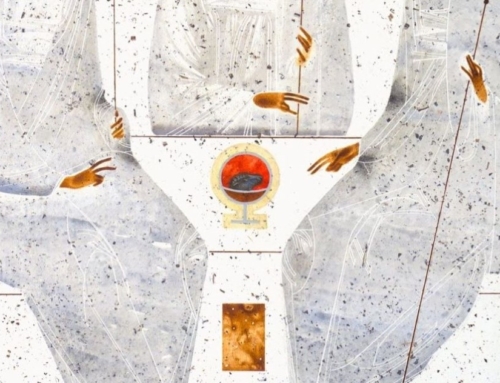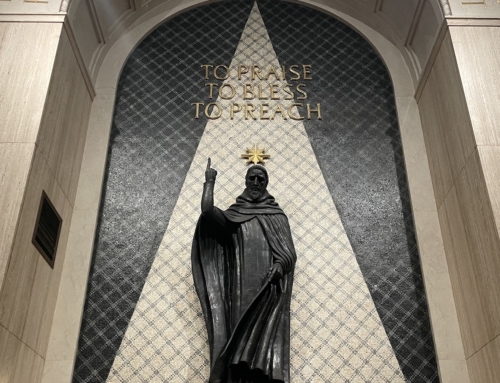Rhyolite, Nevada was once a booming mining town, and it now lies as an exemplar of a wild west ghost town. It was founded in 1904 when a man named Shorty Harris described the quartz there as “just full of free gold.” In six months, the population boomed from two to 5,000 people. Thirty-five miles from what is now the Furnace Creek Visitors Center in Death Valley National Park, Rhyolite seemed to be created out of nothing. Two years later, Charles Schwab became invested in the area after a local miner said that he could take $10,000 a day from the nearby Montgomery Shoshone Mine. Thanks to this attention and investment, in 1907 electricity came to Rhyolite, as well as indoor plumbing, an opera house, two churches, and a railroad among other amenities that one would consider modern even by today’s standards. However, by 1910 Rhyolite began its decline and by 1914 major civic systems began to close, resulting in many of the residents moving out of town. Now, this once-thriving beacon of prosperity lies in ruins as depicted in the remains of the Bishop Jewelry Store in the photo above.
But this ghost town and its jewelry store have much to tell us about the spiritual life, ours that is.
Amid all the rubble the jewelry store’s walk-in safe still stands sturdy. In fact, the jewelry store seems to come alive again as you walk up to it. One can easily imagine the main counter that was built around this safe, with the shopkeeper circumambulating this surely once elegantly decorated feature as he wipes down the glass countertops and readjusts displays. Young men come in looking for a ring that this newfound mining prosperity has allowed them to afford, determined to start off a new life with a new love. Maybe even Countess Morajeski would come in and spend the profits of her nearby Alaska Glacier Ice Cream Parlor—which certainly must have been its own “gold mine” in the Nevada desert.
This safe was not haphazardly placed. This is where the most valuable items of the store would have been kept. In fact, we can imagine the importance of this feature in the original architectural designs. Furthermore, its survival until now shows how carefully it was constructed.
The survival of this safe, after all the decorations have vanished, reveals something about our own lives. Exteriors can be beautifully appointed and functionally gifted. Indeed, the divine architect made us with more care and splendor than the Bishop Jewelry Store’s architect could ever have hoped to bestow on his own construction. But even the architect of the jewelry shop knew that what is beneath these exteriors is that which bears the real treasure. The divine architect tells us that what is most important is the interior life of the heart. Here we have our most intimate connections with those we love, and here the Lord of all dwells and makes us his temple.
How often are we more concerned with our external appearances than with our internal life? Our Lord speaks of this directly in the Gospel: “Now you Pharisees clean the outside of the cup and of the dish, but inside you are full of greed and wickedness” (Luke 11:39). We can easily spend far too much time keeping the outside of the vessel clean or thinking of new ways to decorate it. But just like the Bishop Jewelry Store in Rhyolite, Nevada, our externals will die away and return to dust. It will be the life of our soul that will live on, and it is the care of the soul that should be our primary concern.
As we continue through this season of Advent, let us turn our attention to preparing a place to receive the coming Lord. Each year this season becomes overwhelmed by the material concerns, by a focus on exteriors. But as Christians, we are called to turn inward and focus on preparing our hearts to receive the only gift that will truly satisfy us, the Lord himself. As we prepare ourselves for the coming of the Lord into our hearts at Christmas, let us build up an interior life that will endure, just like the walk-in safe in Rhyolite.
✠
Photo by Br. Pius Henry, O.P.


